Nigeria News
Moderator
Zimbabwe’s seemingly endless battle against hyperinflation took another turn recently, as the central bank introduced a new, $50 note that boasted a value of just $0.60 (and even less on the black market).
Of course, hyperinflation refers to monetary inflation that peaks above a rate of 50%, with standard inflation describing any price rises that occur beneath this level. This will mean that you’ll have to pay incrementally more for goods and services within the economy, as your purchasing power fluctuates in line with other factors such as real wage growth.
But how do policy changes impact inflation, and what are the negative impacts on this within a national economy?
How Inflation Works and the Role of Central Banks
In simple terms, inflation tends to decrease during recessions and periods of economic contraction (such as the coronavirus) and increase in recoveries.
In the current climate, inflation was bound to rise amid falling Covid-19 infection rates, increased vaccine rollouts and the emergence of national economies from lockdown, with central banks required to set balanced inflation targets that strike the balance between driving expansion and maintaining affordable consumer prices.
Monetary policy also varies across the globe, with the European Central Bank (ECB) having established an inflation target of 2% according to Tickmill.com and recently pledged to maintain low base interest rates to help achieve this objective.
Inflation remains sluggish in the Eurozone as the so-called “Delta” coronavirus variant takes hold and wreaks havoc across the continent. So, borrowing costs won’t be increased until the current inflation target is met, ensuring that household purchasing power should largely remain unchanged for now.
Of course, the developing economies in Africa continue to lag behind in terms of coronavirus response measures and vaccine rollouts, with inflation likely to continue to rise on the continent as central banks leave the proverbial monetary taps switched on.
This is why Zimbabwe continues to struggle with hyperinflation, albeit at a rate that’s far lower than it was last year or during the record-breaking financial crash of 2008.
The Negative Impact of Inflation
Clearly, there are significant issues in the case of hyperinflation or even instances where standard inflation rises above 10%, especially when this impacts on food prices in developing economies.
Take Nigeria, for example, which despite seeing economic growth resume in the wake of the coronavirus has continued rising food inflation that has been underpinned by heightened economic insecurity.
To put this into some perspective, food accounted for almost 70% of Nigeria’s total increase in inflation over the course of the last 12 months, with this expected to push more than 11 million locals into poverty by the year 2022.
This is also a threat in nations like Zimbabwe, where the aforementioned $50 bill isn’t even enough to afford a single loaf of bread.
It’s at this stage that inflation can begin to weigh heavily on an economy and wider society, which is why governments and central banks play such a key role in maintaining a viable monetary balance at all times.
Of course, hyperinflation refers to monetary inflation that peaks above a rate of 50%, with standard inflation describing any price rises that occur beneath this level. This will mean that you’ll have to pay incrementally more for goods and services within the economy, as your purchasing power fluctuates in line with other factors such as real wage growth.
But how do policy changes impact inflation, and what are the negative impacts on this within a national economy?
How Inflation Works and the Role of Central Banks
In simple terms, inflation tends to decrease during recessions and periods of economic contraction (such as the coronavirus) and increase in recoveries.
In the current climate, inflation was bound to rise amid falling Covid-19 infection rates, increased vaccine rollouts and the emergence of national economies from lockdown, with central banks required to set balanced inflation targets that strike the balance between driving expansion and maintaining affordable consumer prices.
Monetary policy also varies across the globe, with the European Central Bank (ECB) having established an inflation target of 2% according to Tickmill.com and recently pledged to maintain low base interest rates to help achieve this objective.
Inflation remains sluggish in the Eurozone as the so-called “Delta” coronavirus variant takes hold and wreaks havoc across the continent. So, borrowing costs won’t be increased until the current inflation target is met, ensuring that household purchasing power should largely remain unchanged for now.
Of course, the developing economies in Africa continue to lag behind in terms of coronavirus response measures and vaccine rollouts, with inflation likely to continue to rise on the continent as central banks leave the proverbial monetary taps switched on.
This is why Zimbabwe continues to struggle with hyperinflation, albeit at a rate that’s far lower than it was last year or during the record-breaking financial crash of 2008.
The Negative Impact of Inflation
Clearly, there are significant issues in the case of hyperinflation or even instances where standard inflation rises above 10%, especially when this impacts on food prices in developing economies.
Take Nigeria, for example, which despite seeing economic growth resume in the wake of the coronavirus has continued rising food inflation that has been underpinned by heightened economic insecurity.
To put this into some perspective, food accounted for almost 70% of Nigeria’s total increase in inflation over the course of the last 12 months, with this expected to push more than 11 million locals into poverty by the year 2022.
This is also a threat in nations like Zimbabwe, where the aforementioned $50 bill isn’t even enough to afford a single loaf of bread.
It’s at this stage that inflation can begin to weigh heavily on an economy and wider society, which is why governments and central banks play such a key role in maintaining a viable monetary balance at all times.
